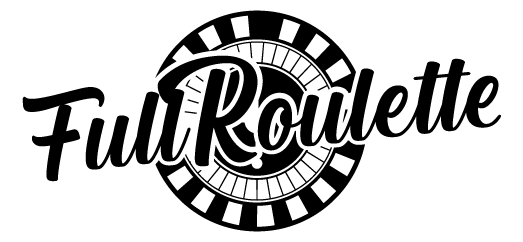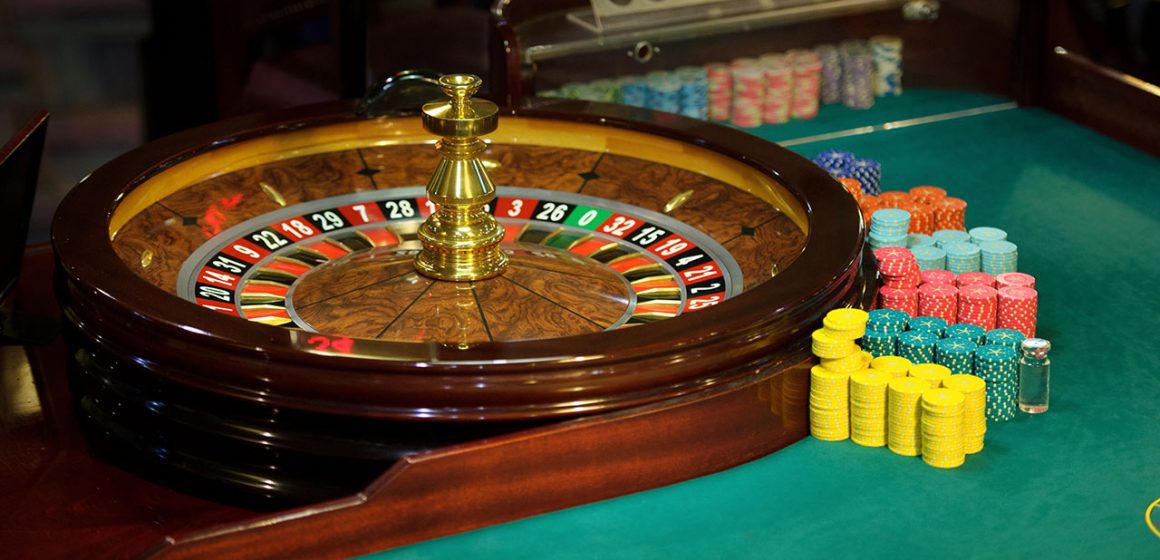Roulette is one of the easiest casino games to understand, which adds to its tremendous appeal. Because it offers them a wide selection of wagering alternatives, which many gamblers find intriguing, enthusiasts prefer this game that combines strategy and chance over other traditional gambling games.
Although the game’s rules are easy to understand, many beginners may find the various roulette versions confusing.
The differences between the roulette variants are fairly slight, but the core principles of the game essentially remain the same. Regardless of the version you choose to play, roulette is still fundamentally a game of chance, and while there are tactics you can use to increase your chances of winning, there isn’t a tried-and-true strategy that will guarantee success.
However, it does help if you have a basic understanding of the game’s version before you start. In this article, we will discuss some common roulette variants to help you understand their differences.
American Roulette
American roulette arrived in the United States near the end of the 18th century. When it was first introduced, it underwent several changes before settling on what is now considered “our” version of the game.
The fact that American roulette has a 0 and a 00 pocket is its primary distinguishing feature. In addition, the arrangement of the numbers 1 through 36 between the two zero pockets differs from other variations of roulette played around the globe. However, the arrangement of the tables is the same.
The odds are not quite as favorable as in other game variations, although it is a nice alternative for gamblers and offers a chance to make some money. In American roulette, the house advantage on single-number wagers is approximately 5.3%.
Even while American roulette doesn’t have the best chances overall, there are surely worse games to play if you’re in an American casino.
European Roulette
There is only really one significant difference between American and European roulette. Due to the house edge in the European version of the game being half that of its American equivalent, it is more preferred by gamblers.
European roulette contains 37 pockets and one zero space. It is thus different from American roulette’s total of 38 pockets, which has two zero spaces.
The 2.6% house edge in European roulette is unquestionably more appealing when compared to the 5.3% house edge in American roulette. Why did America wind up with a doubling house edge and an extra zero? Unfortunately, we were unable to find an answer to this question.
French Roulette
When it comes to the regulations and wheel layout, French roulette is essentially identical to European roulette. The various bet types are also substantially the same. The French version has a single-zero wheel with 37 divisions, just like the European variations. The sequence of numbers on a French wheel is identical to that of European roulette.
Variations can be seen in terms of how the French and European tables are set up. The titles of the outside outcomes are typically written in French, even though the primary betting grid, including all of the individual numbers, is practically the same.
The chips players utilize are one of the greatest distinctions between French and European versions. The top of the chips in most roulette games has no denomination. Therefore, they are known as “checks.”
There are often eight sets of chips in European tables, each with a different hue. Each player receives a set of these checks in a distinct color when they exchange their cash for them to avoid confusion of bets on the layout.
The value of each check is calculated by dividing the player’s total buy-in by the number of checks they have received. Checks have no intrinsic value; they cannot be redeemed for cash at the cashier’s cage. However, instead of these colored checks, the participants at many French roulette tables get actual cash chips.

Double-Ball Roulette
Regular roulette and double ball roulette are similar. However, there is a key distinction – instead of using one ball, you use two. Since its introduction in the middle of 2010, the game has gained popularity, and you can play it at upscale casinos like Binion’s and The Tropicana in Las Vegas. There are a few online casinos with live dealers where you may also play it.
You might anticipate that the two balls will collide. However, compressed air is used to launch one ball out just milliseconds before the second, and they move in lockstep around the wheel’s edge.
The betting structure is similar to that of traditional roulette. However, inside side bets will give you two chances to win, but the prizes will be small. The outside bet payouts are the same as in regular roulette, but two winning balls are required.
Multi-Wheel Roulette
With multi-wheel roulette, players can simultaneously wager on up to eight roulette tables, a significant difference from other variations of the popular casino game. You have the option to select which wheel is active throughout each spin.
Since there is only one betting table, you must set the same wager for all active wheels rather than placing individual bets on each one. As a result, if you bet on the color red and eight out of ten wheels come up red, you would win significantly more money than if only three came up red.
Final Thoughts
You can play any version of roulette you like. European roulette has a lower house edge, which increases your chances of winning. However, if you want to try something unique, double-ball or multi-wheel roulette might be worth it. Give them a shot and see if you can get lucky.


Leave a Reply